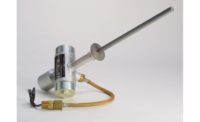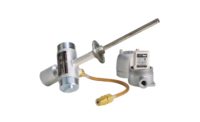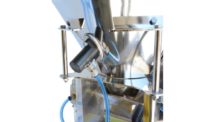U.S. scientists developed a technique to produce transparent nano-emulsions for food and beverages, which may present formulators with new delivery systems for value-added ingredients.
Published in the journal ofFood Hydrocolloids, the study looks at an improved approach for the optimal production of transparent, food grade nano-emulsions, using high-energy microfluidization.
“There is strong interest in the food and other industries in the use of nano-emulsions as delivery systems for non-polar functional components, such as lipophilic bioactive lipids, drugs, flavors, antioxidants, and antimicrobial agents,” wrote the researchers from the Department of Food Science at the University of Massachusetts. “Emulsions that do not scatter light strongly can be produced by homogenizing a relatively low viscosity oil phase with a relatively high viscosity aqueous phase. In the food industry, flavor oils or essential oils could be used as low viscosity oils, rather than hydrocarbons.”
Generally, nano-emulsions have better stability to gravitational separation than conventional ones, and also tend to have better stability against droplet growth, which could lead to transparent emulsions becoming opaque, the journal reports. They are increasingly being used in food and beverage applications because of their valuable properties, including high-encapsulation efficiency, increased bioavailability and high-physical stability.
Get our new eMagazine delivered to your inbox every month.
Stay in the know on the latest snack and bakery industry trends.
SUBSCRIBE TODAY!Copyright ©2024. All Rights Reserved BNP Media.
Design, CMS, Hosting & Web Development :: ePublishing





